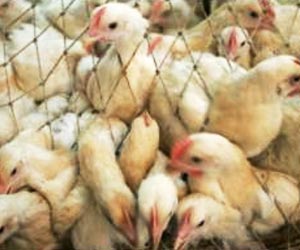In 1918, a viral strain brought havoc to human community by killing around 50 million people across the world.
In 1918, a viral strain brought havoc to human community by killing around 50 million people across the world. This strain of virus was highly lethal and the affected bodies exhibited a strange type of reaction wherein the defense mechanism of the body itself proved counter productive to the person affected.
American researchers reconstructed this virus in a laboratory condition on seven macaque monkeys. The lungs of the monkeys were damaged within a week. A rush of body fluids and the immune cells led to the blockage of air passages which subsequently resulted in death. Though the experiment was expected to last for 21 days, the monkeys found it very difficult to breathe. This combined with fever and pain made the researchers kill the animals following the laboratory policies.Scientists feel that understanding this virus could help us tackle similar responses arising from H5N1 virus or the Avian influenza virus. According to Darwyn Kobasa of the Public Health Agency of Canada, the danger posed by H5N1 virus on human population is not clearly defined now but all the same preparedness to face the impact of this strain would be helpful. As far as H5N1 virus is concerned, it has to combine with another strain or mutate to cause an outbreak in human population.
Source-Medindia
JYT






